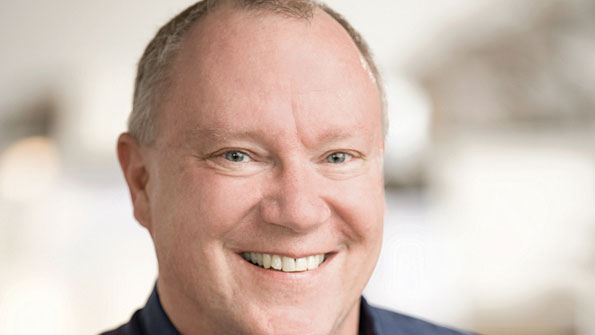911 funding reform is on its way—hopefully
The other night I watched the move “The Patriot” for the umpteenth time. I don’t know why exactly—while a huge World War II buff, I never have been anywhere near as interested in the other wars that our country has fought. But there’s something about “The Patriot” that draws me in every time.
Toward the end of the movie, as the colonials are driving the British army into the sea—an inexplicable, David vs. Goliath outcome, given the relative strengths of the combatants—General Cornwallis mournfully asks the question, “How could it come to this?” Upon hearing those words, I immediately thought about the current state of 911 funding and asked myself the same question.
While preparing to write the cover story for our June edition, which examines the current state of 911, I spoke with several of the sector’s leaders, all of whom told me that funding is the single biggest challenge they face.
“Everywhere you look, there’s a funding challenge,” said Wanda McCarley, an Association of Public-Safety Communications Officials (APCO) past president who is operations group manager for Tarrant County (Texas) 911.
That might be due to the fact that 911 is the runt of public safety’s litter. “911 always is at the back end of funding,” said Barbara Jaeger, Arizona’s 911 administrator and the current president of the National Emergency Number Association (NENA).
Jaeger’s comment is particularly telling in that Arizona is one of the few states that have funding parity, with fees collected from wireline, wireless, VoIP and pre-paid wireless users. Of course, only 20 cents per month is collected from each user, which isn’t enough to maintain the current network, much less migrate to next-generation 911 technology.
So, how could it come to this? Part of the reason, I think, is that for far too long, the 911 sector has been treated like the redheaded stepchild, relegated to the children’s table—when it was allowed a seat at all. The good news is that perception seems to be changing. A few weeks ago, one of public safety’s most influential voices, Charles Dowd, assistant chief of the New York Police Department, stated strongly that the national public safety broadband network being built by FirstNet must integrate with the 911 system.
“You can’t get the job done without 911,” Dowd said.
Such integration will be even more important when next-generation 911 technology rolls out. But, of course, that’s going to require money. So here’s hoping that public safety leaders of Dowd’s ilk will take up the cry.
Another reason that 911 sector finds itself in this fix is that public-safety strategy also has been something of a hodgepodge over the decades, which is why we find ourselves with a patchwork quilt of communications systems that often don’t work well with each other. It’s also why the funding mechanisms for 911 vary so greatly from state to state. While local control of 911 remains a good idea—the incidents that public-safety answering points handle vary greatly based on region and the size of the municipality—funding is something that should be addressed at the federal level.
The same holds true for training and certification, both of which also fluctuate wildly from coast to coast. As Bernard “Buster” Brown, a regional coordinator for the Virginia Information Technologies Agency and a NENA first vice president recently told me, telecommunicators should be trained the same, regardless of where they live.
“It can’t be where a telecommunicator gets this training if they live in Georgia, but if they live in Texas, they get another type of training, because we’re providing the same service,” Brown said.
Fortunately, good and smart people are working on this. For example, the National 911 Program has convened a blue-ribbon committee to study the funding issues that plague the sector. In addition to 911 experts, the committee includes several members with financial or economic backgrounds.
“We really tried to bring in more than the usual suspects,” said Laurie Flaherty, coordinator of the National 911 Program.
I sure hope so. Because, when it comes to 911 funding, a fresh perspective and new thinking are sorely needed.















